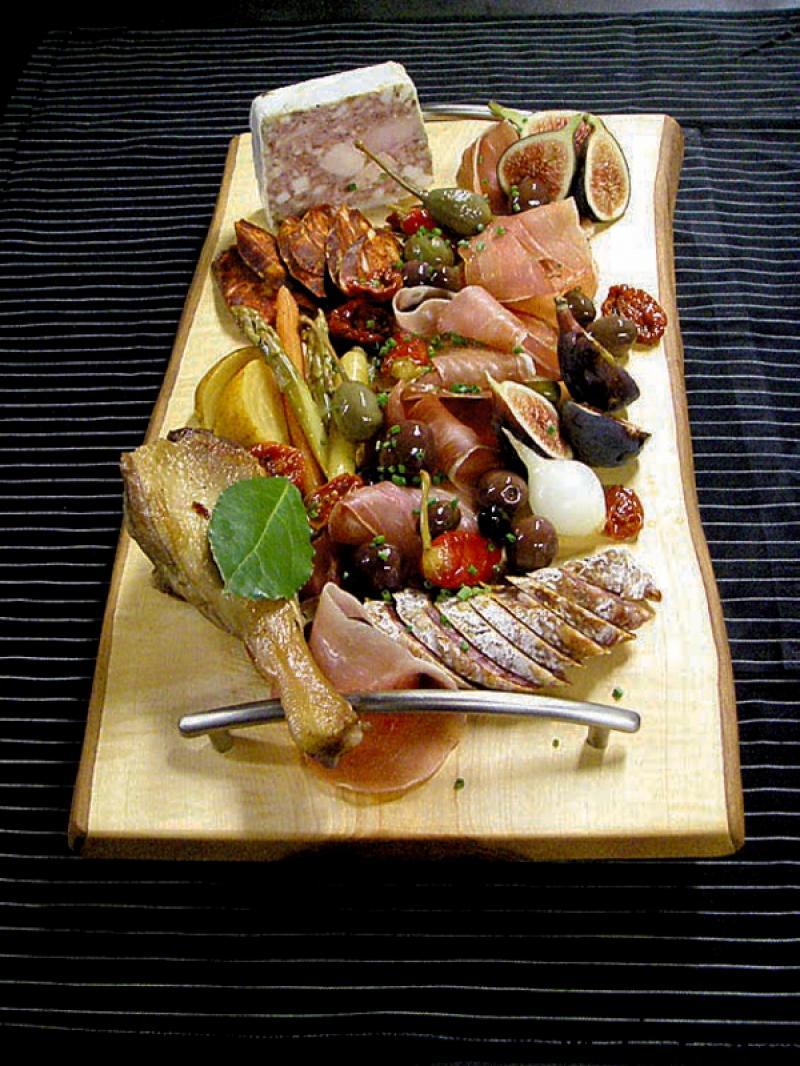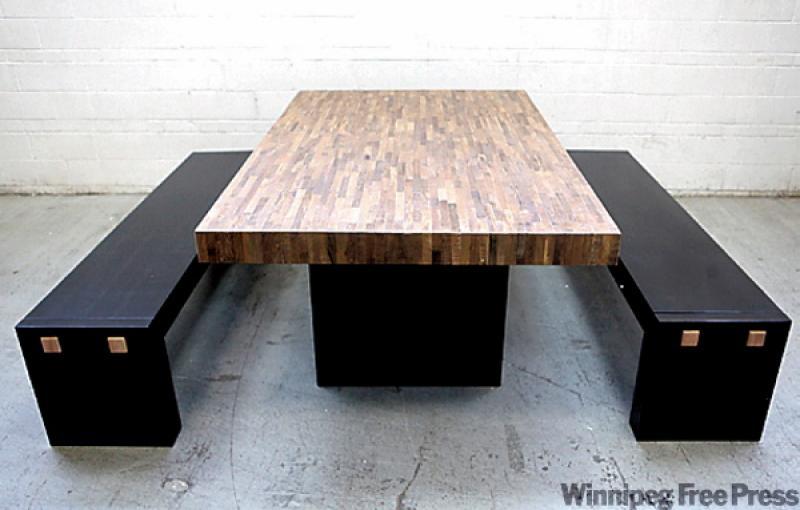

I had the pleasure recently to have a heart-to-heart with one of this country's most reputable chefs, Michael Potters of Harvest restaurant in Prince Edward County. It is difficult to sit with a top chef and not discuss food, much as it would be strange to sit with a financial broker and not ask about investment opportunities.
As I sat with Potters discussing food trends and trying to hold my own, the designer in me bravely announced that the way we live often mirrors the way we eat. Potters leaned back to consider this lofty proclamation. His silence probed me to qualify my statement.
"Take charcuterie, for example," I offered, proud of my knowledge of the current food movement that involves simple cured meats, terrines, breads and pickled accoutrements. The trend has inspired many chefs to modify their tasting menus to include cold cuts, and more than a few to open eateries that exclusively serve this fare. If you haven't enjoyed a plate of delicious, thinly sliced meats accompanied by some seriously stinky cheese and perhaps a terrine, then you haven't had your finger on the food pulse.
"Charcuterie is influenced by a peasant way of eating," I continued, "and many design trends similarly reflect a simpler way of life."
Potters kindly pondered my statement and, to my surprise, did not challenge the fact I had essentially compared a piece of prosciutto to a coffee table.
At first, the comparison is absurd. One can't really see the correlation, but if we take into consideration our design aesthetic has been leaning toward simple, uncomplicated utilitarianism with a rustic edge, we see, in fact, that there is a correlation.
Just like the countless restaurants offering charcuterie in various forms, likewise the window displays of furniture and design shops are crowded with reclaimed wood coffee tables, custom metal pieces, antique doors, chairs, vintage card catalogues and random salvaged furniture gems.
If charcuterie, the ploughman's lunch and local and organic are culinary buzzwords, than antiques, reclaimed, reused and rustic could easily be their design counterparts.
See?
There most definitely is a sway toward a peasant way of life in the furniture and details we are choosing to incorporate into our homes.
We are repurposing old barn beams into mantels, embracing vintage and paint-chipped chairs, installing claw-foot tubs, choosing natural fibre, and applauding minimal metal shelving systems. We now understand why a piece of Douglas fir, planed and squared, makes a magnificent bench. We are reusing, refurbishing and appreciating instead of overproducing and over-complicating.
In this age of technology, complexity and mass consumption, it's reassuring we can still have an appreciation for the straightforward and unmistakable.
We welcome these simplified pieces into our homes, scavenging antique shops trying to find something rustic, something exquisitely utilitarian, something that is what it is. What's old is certainly new again and what is simple is suddenly sublime.
It seems that through our lifestyle, both in how we eat and in how we live, we are rediscovering a palate for effortlessness. Gone are the days of intricate and adorned. When was the last time you bought a piece of furniture that boasted incredibly ornate detailing or, likewise, drank a lychee martini? Maybe we are finally at the precipice of fully embracing less over more.
-- Canwest News Service



